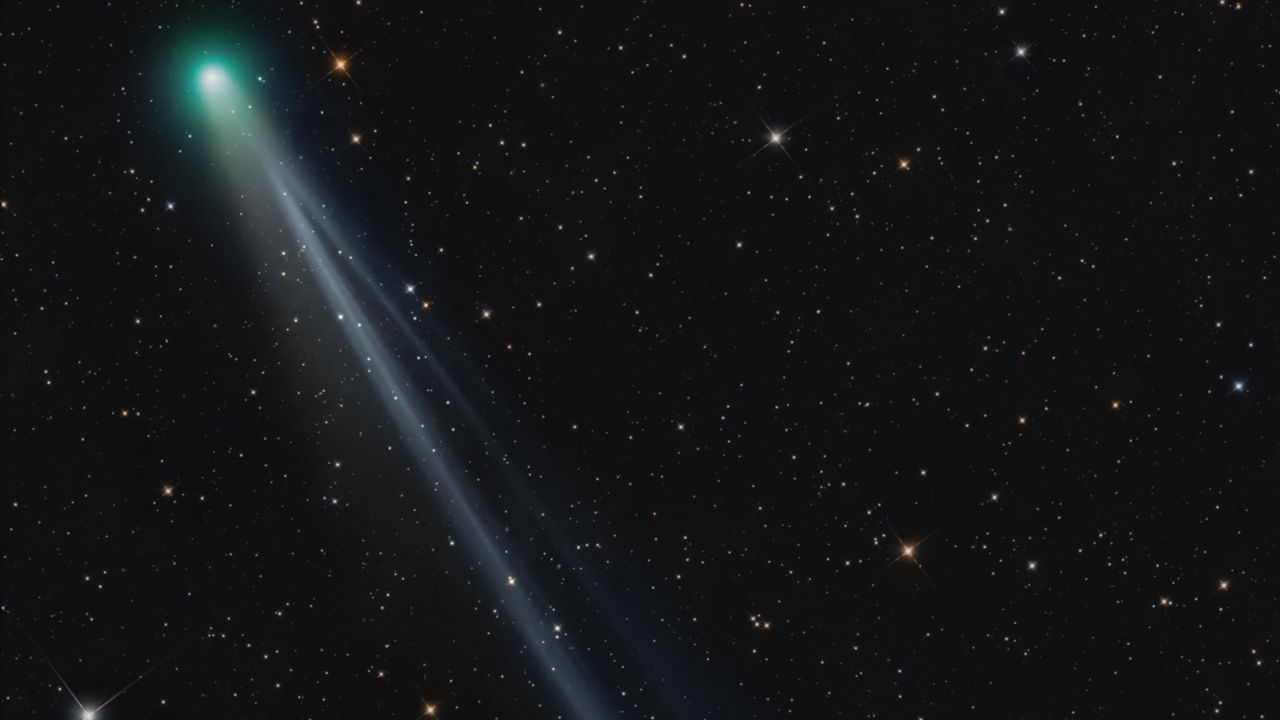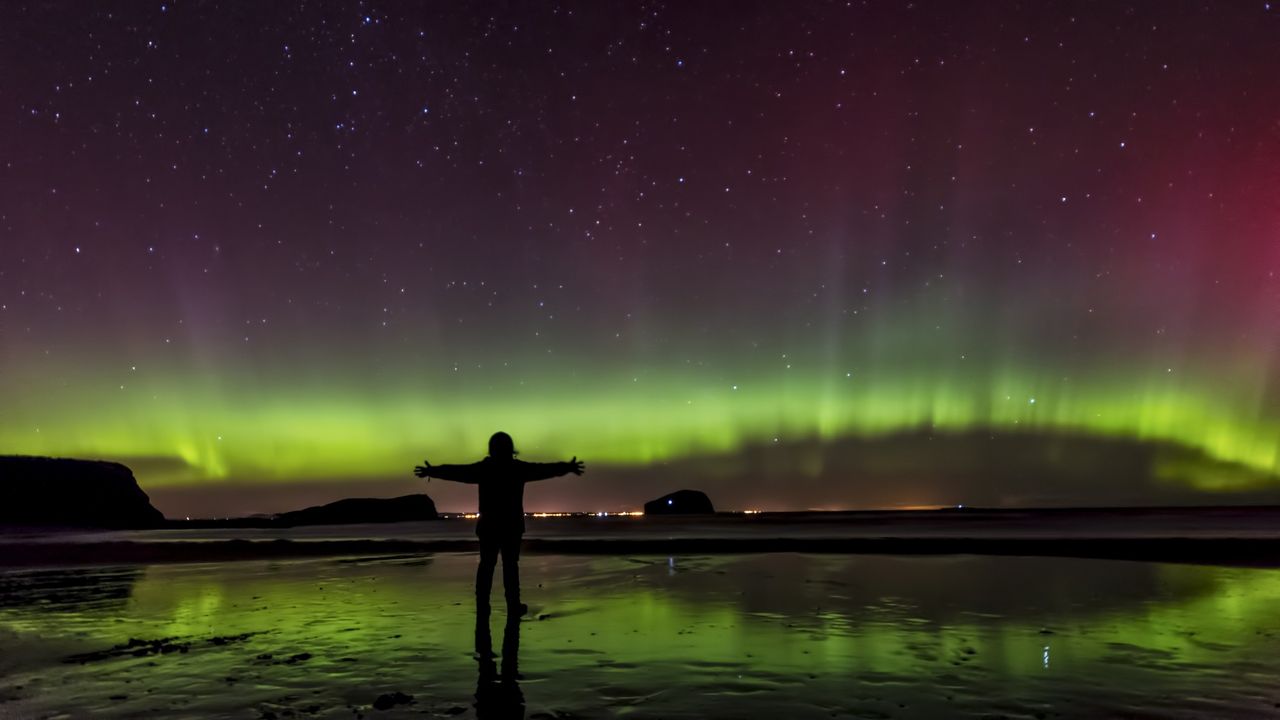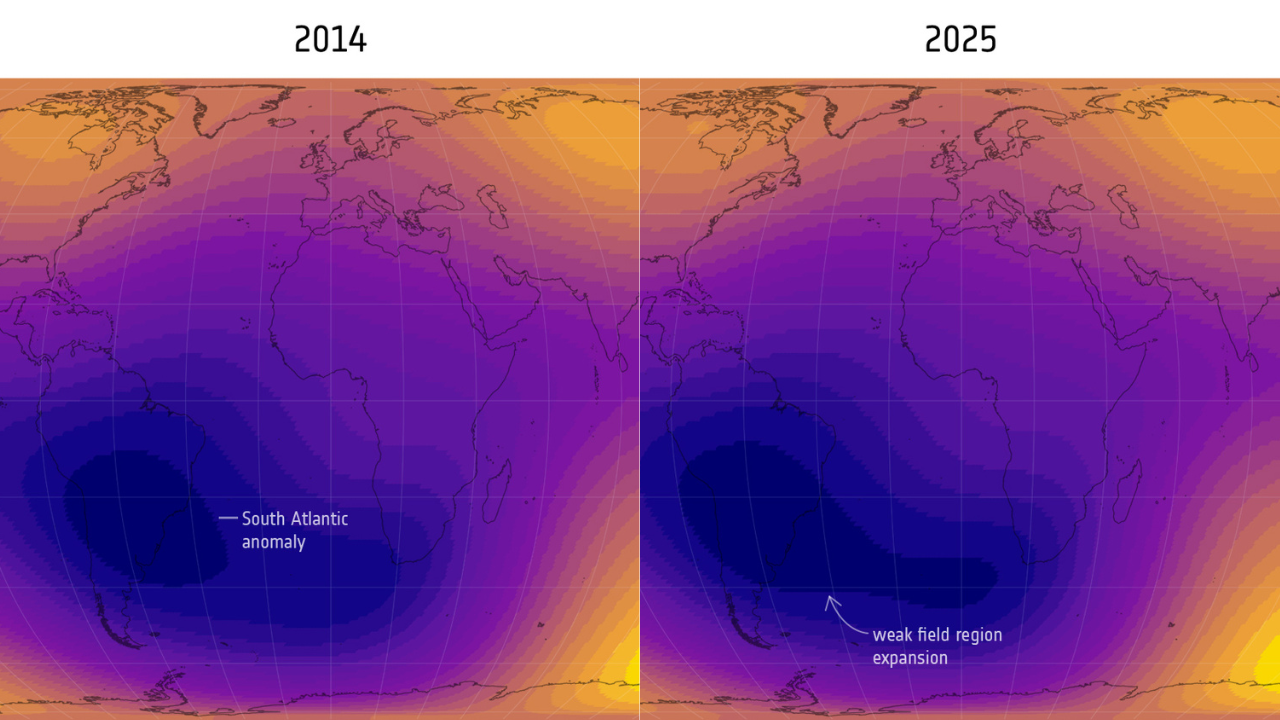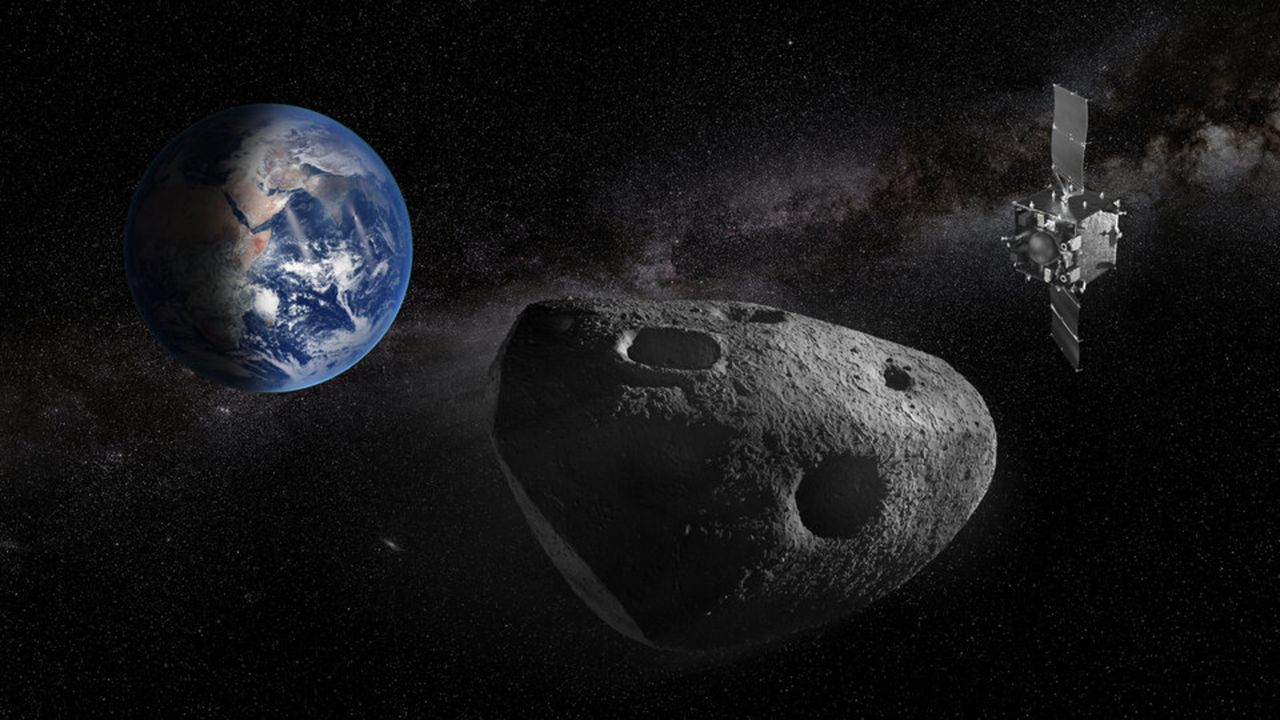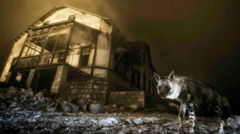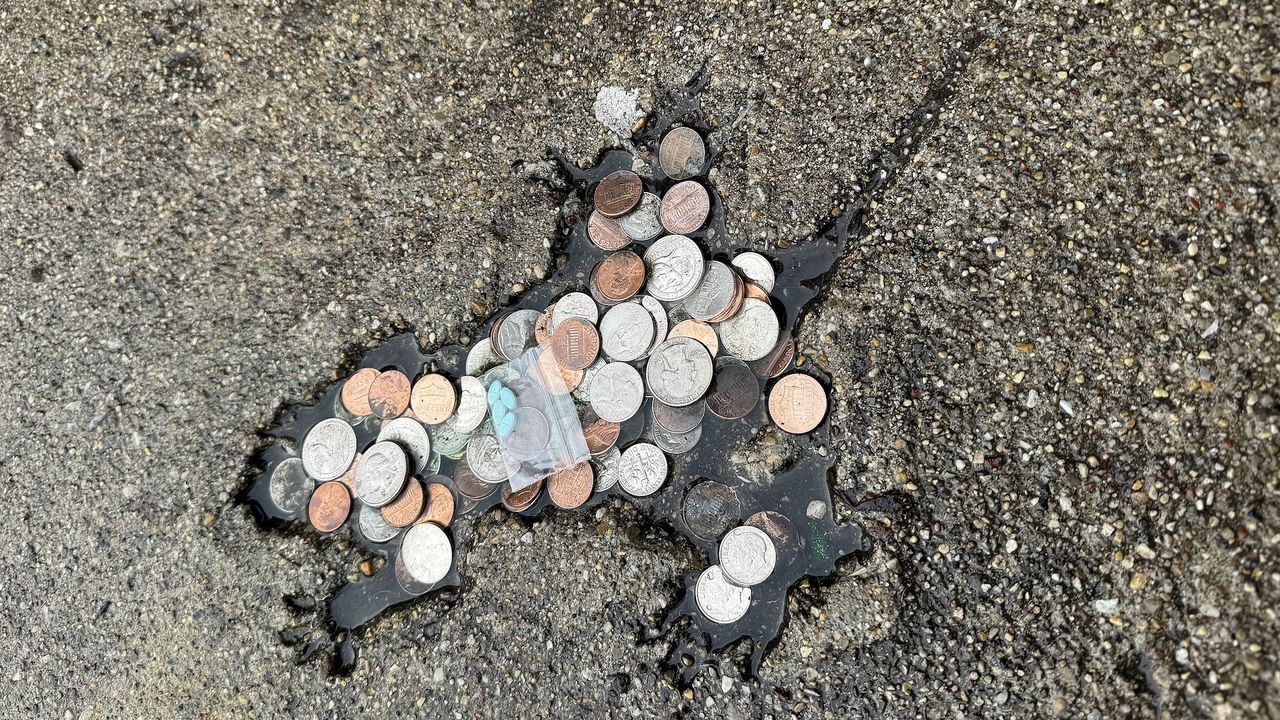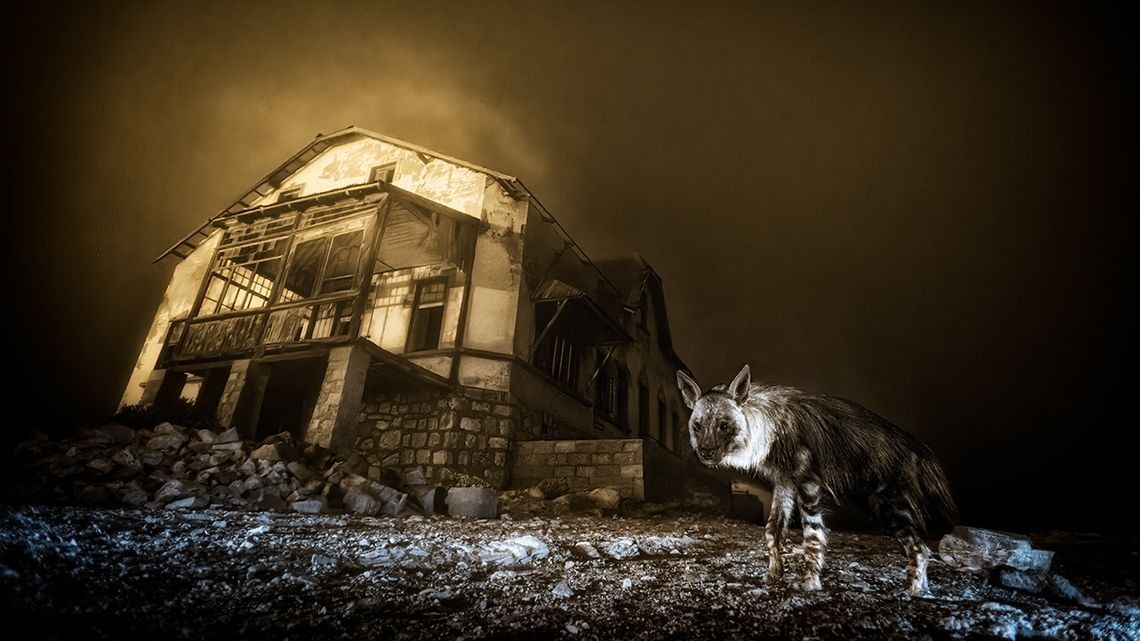Life on Earth may have come from cosmic dust
PositiveScience

Recent research suggests that life on Earth might have originated from cosmic dust rather than large space rocks, challenging previous theories about the arrival of amino acids. This discovery is significant as it opens new avenues for understanding the origins of life and the role of space materials in the development of biological compounds. It highlights the complexity of life's beginnings and encourages further exploration into how extraterrestrial elements could have contributed to the formation of life on our planet.
— Curated by the World Pulse Now AI Editorial System

